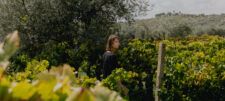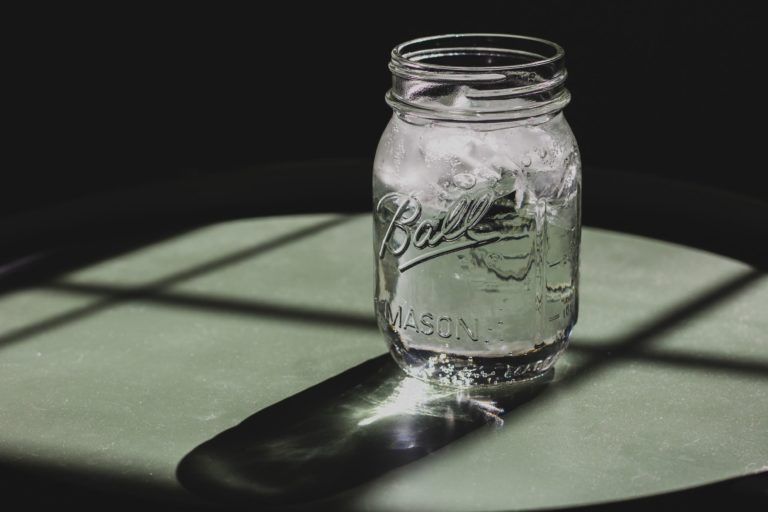Some risk factors for breast cancer are out of our hands. I, like many, am at an increased risk because my mother died of breast cancer. People with dense breast tissue have a slightly higher risk of developing breast cancer as do people with certain benign breast diseases. There is nothing we can do about this kind of risk but being at risk doesn’t mean we’re going to get cancer. In fact, most people with two or fewer risk factors never go on to get breast cancer while many with no risk factors at all do go on to develop this disease. The difference is related to lifestyle and whilst some things can’t be changed we can all reduce our risk of breast cancer by adopting some healthy habits.
Here are the 10 things I tell my patients to do to support their health and reduce breast cancer risk
Reduce dietary fat and increase vegetables
High rates of breast cancer seem to be related to a high intake of saturated fats so limit meat and dairy products and increase your intake of fiber by eating whole grains and fresh fruits and vegetables.
Find a way of reducing stress
A recent study published in the journal Cancer Research showed that women who suffer from chronic long term stress are more likely to develop breast cancer. Chinese medicine has acknowledged this link for hundreds of years teaching that stress leads to stagnation in the liver channel which runs through the breast. I’m always fascinated by how the ancient Chinese doctors observing the same phenomenon came to similar conclusions as conventional science but from a different frame of reference.
Love your liver
As I mentioned above Chinese medicine has long acknowledged a relationship between liver health and breast cancer and modern science is in agreement that a sluggish liver leads to poor estrogen reuptake and therefore higher levels of estrogen in the blood leading to increased breast cancer risk. So it’s wise to limit alcohol to 3 drinks a week. There is clear evidence that more than 4 drinks a week increases the chance of developing breast cancer and the risk rises with each additional drink. Other ways you can love your liver are reducing your exposure to pesticides, preservatives, and food dyes by eating as much organic food as possible.
Try to maintain a healthy weight
Those with higher estrogen levels are more likely to get breast cancer and there is evidence that fatty tissue produces estrogen so losing weight if you need to can help reduce risk. If you’re struggling, we can help!
Increase your exercise
Again Chinese medicine has a long history of seeing a correlation between stagnation and cancer risk so reduce your own stagnation but getting your blood pumping with some vigorous exercise. Modern scientific studies bear this out. In one study from the Women’s Health Initiative (WHI) as little as 1.25 to 2.5 hours per week of brisk walking reduced a woman*’s risk by 18%.
Have regular acupuncture or massage
Both these modalities move stagnation and reduce stress.
Eat more cruciferous vegetables
These include cabbage, broccoli, kale, collard greens, Brussels sprouts, and cauliflower. A phytochemical called Diindolylmethane (DIM) found in cruciferous vegetables has been found to help estrogen metabolism and so reduce breast cancer risk.
Switch to natural cosmetics and household cleaning products
A small recent study found traces of parabens in breast tumors. Parabens are used as a preservative in antiperspirants and other cosmetics and have mild estrogen-like properties.
Increase your intake of flax seeds, walnuts, and oily fish
All of these contain Omega 3 Fatty Acids and those who eat them regularly have a lower breast cancer risk
Take a supplement that is high in antioxidants, CO Q 10, and Vitamin D
Antioxidants have long been shown to prevent a wide variety of cancers. As for vitamin D scientists have noticed that breast cancer risk is higher in parts of the world where there is less sunlight. Here in the US, for example, people in the northeast of the country have a higher breast cancer risk than those in the south who are exposed to more sunlight. So take a walk on a sunny day and take a vitamin D supplement.
None of these suggestions is intended to take the place of regular breast exams and screening using either mammography, thermography, or sonogram.
* Language used in the study referenced.






